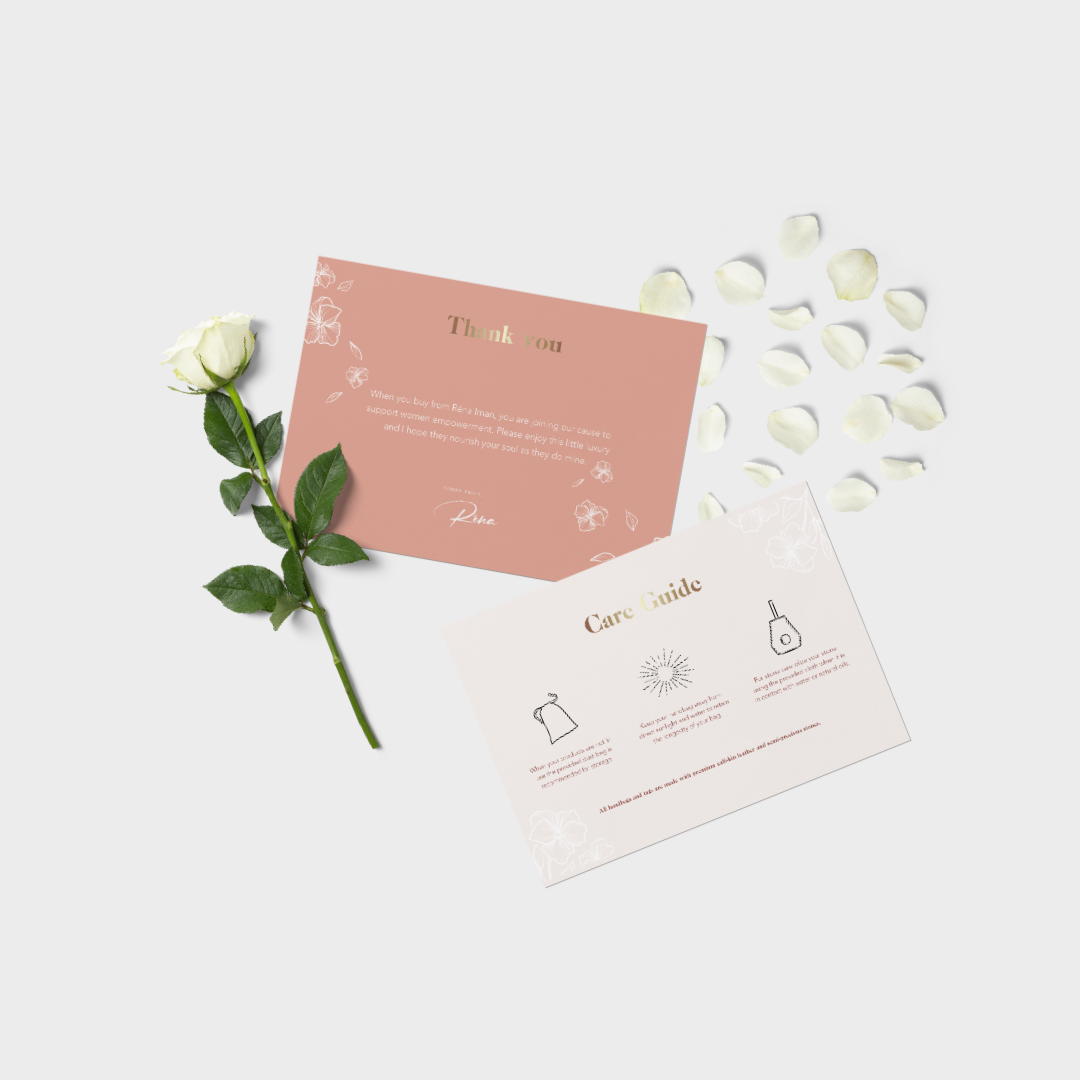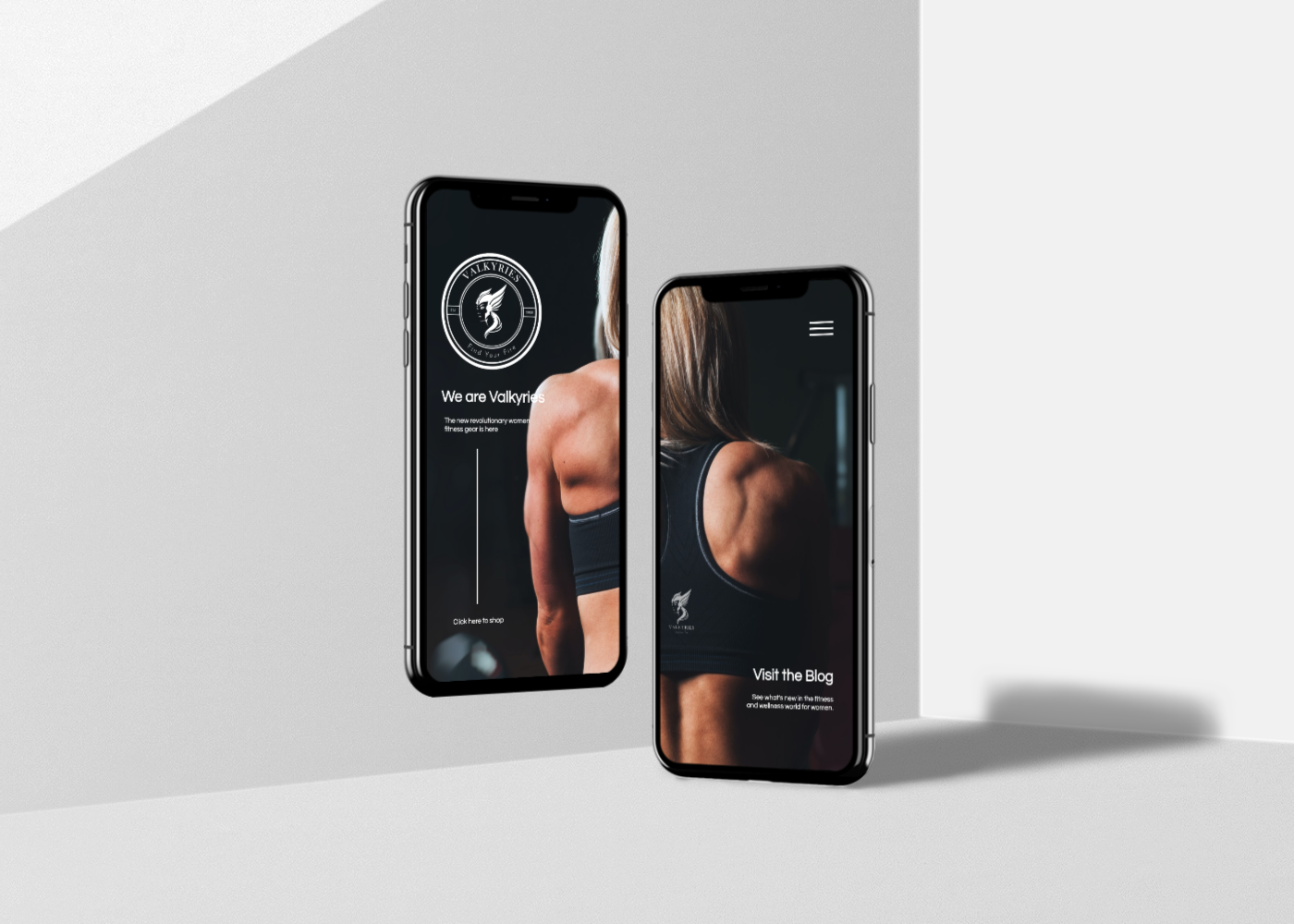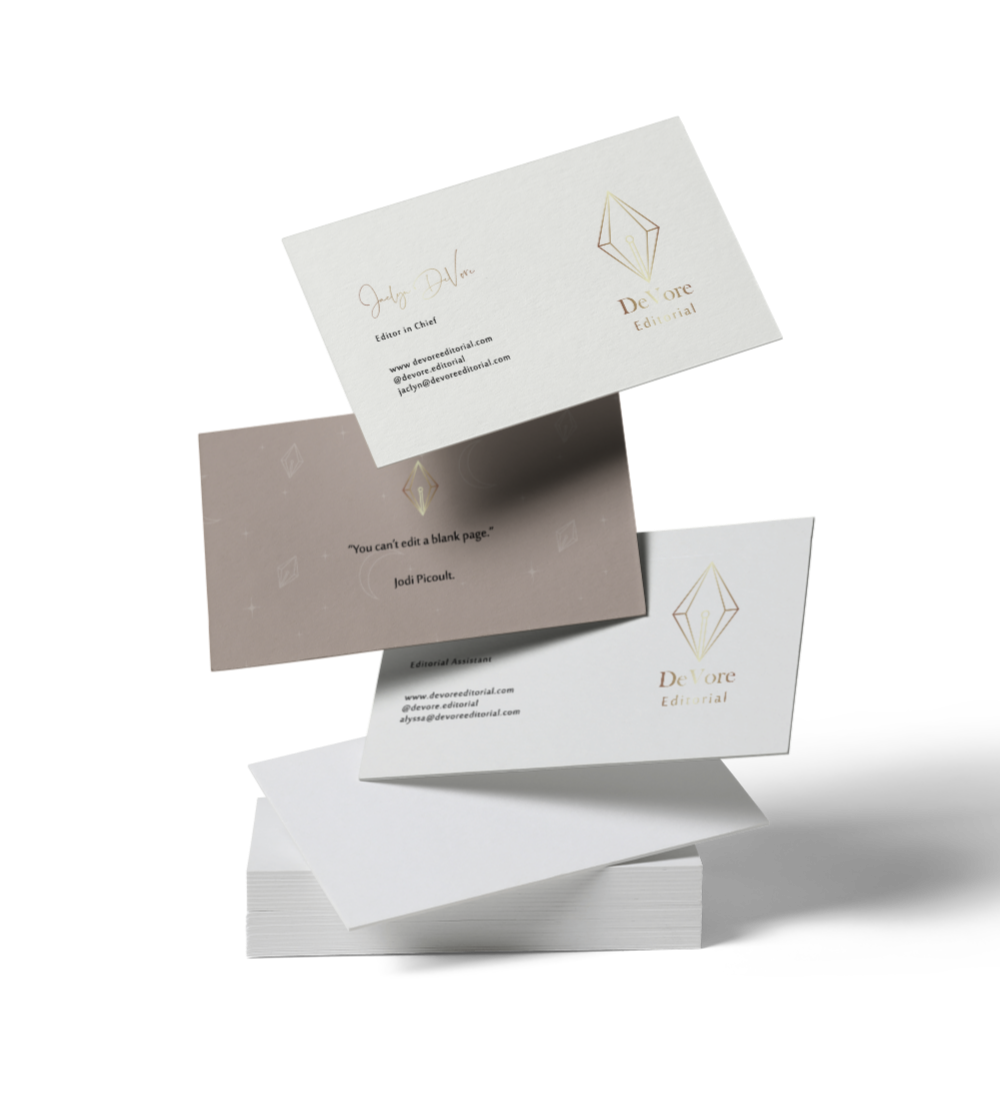Pre-branding Tasks

SHARE //
It’s no secret that a business is not a brand unless you have an established brand awareness and recognition. Having a strong brand not only conveys a message to your audience that you care about what they think, but it’s also the key to increase your prices. Imagine this: A Coca Cola Can sitting next to an unknown blue can without any labels. Chances are, more people are going to choose that world-famous red Coca Cola can over the random blue one even if it costs $1 more. Why? Well it’s simple. We know Coca Cola. We know their quality and we know they produce consistent products. We know whenever we buy from them, we will have the same fresh fizzy drink – so that extra $1 is a tiny price to pay for our comfort.
While visual branding is essential to the success and scalability of your business, it’s not the only thing, however. There are a lot of factors at play, including the things you do before you even consider visually branding your business. Here are some of the crucial things you should at least think about, before you move forward and hire a brand designer.
Solidify your business idea
As creative entrepreneurs, we often get different initiatives to enhance our business (heck, we even get multiple ideas daily sometimes!). In order to be on top of our game, an idea needs to be refined, tweaked and reformed before you decide to turn it into a business. It’s called a business for a reason: it needs to have a sustainable way to ensure its livelihood. I am not exclusively talking about money. This can also be time, energy, resources, assets, you name it. To bump the success rate of your business, be strategic about your creative ideas. Make sure there’s a market for your business. Remember, if no one knows about it then your ‘business’ is just a ‘passion project’. Build a solid foundation by writing down the back bone of your business such as:
- Your mission statements
- Your brand message
- Target audience
- Launch game plan
- Broader marketing plan
- Your business goals (monthly, quarterly, yearly)
Research, research, research
This is the part where you should do your market research, audience targeting, and competitor research. A lot (and I mean A LOT!) of people skip this part – don’t! Trust me, it’s better to take some time to do this because your research will reveal the things you didn’t realize before. This step can even sharpen your business idea further by understanding your competition out there as well as how you’re unique. This way, you can identify the gap in the market and your unique selling propositions. You can take this further by making your unique selling propositions a part of your brand strategy.
Structure your business
Often times, different platforms and services demand different visual branding approaches. For example, if you have different platform offerings such as courses, coaching programs, 1:1 consultation, different product lines, etc. There are various strategic ways to arrange them in a sensible way that would make your brand presence stronger, even unique. For this reason, make sure you’ve solidified your offerings before you jump into branding. There’s a lot of psychology behind structuring your products and services, so don’t rush this part!
Decide storytelling approach

There are a lot of ways to tell a story. Some brands take the legacy approach where they highlight the history of the business (often with family generational businesses), others take pride in professionality such as firms and larger corporations. How would you want to be known for? Do you want your brand to be personal? Corporate? Community-based? To assess this, go back to your brand values and messaging. Once you’ve ironed out these details, you can then begin to roughly incorporate and angle that will form your brand’s tone and voice. Having this rough draft will make it easier later on when you jump onto branding and identity building.
Determine your platforms

Understanding which platforms (both online and offline) your brand will exist on highly assists the visual branding process. This process definitely involves high degree of research and time because ideally we’ll be looking at different platform’s audience and behaviour. For example, if your business is within the visual realms and you have a lot of photographic contents, Instagram may be good. If, for instance, you’ll be producing more text-based contents, you’ll probably better off with Linkedin or Pinterest. No matter which platforms you choose initially, always bear in mind that they have different demographics and psychographics for their audience. Age group also plays an important role here, so it’s a good idea to also consider about who you want to speak to. Determining which platforms to use can also ease your content creation phase as you will be doing a lot of repurposing contents to adjust to different formats.
Visual branding is one thing that could be a game changer for your business. It is something that can take a lot of time and energy to get right, so before jumping onto the visual branding train and investing a lot of money into it, consider doing the above first. This is not to say that you have to absolutely solidify your strategies above before moving on, but it’s always a good idea to keep in mind about the above 5 things, and then consult with a brand strategist and designer afterwards. By doing your homework and the necessary ground work, you may potentially even decrease the amount of money you have to invest in your visual branding, because you will have a much easier time communicating all the strategies to your designer.
Would like to learn more about strategy? Lost and need a few clarity? Schedule a complimentary consultation call and let’s chat!
TIRED OF READING? WANT MORE OF A HUMAN TOUCH? I GOT YOU.
